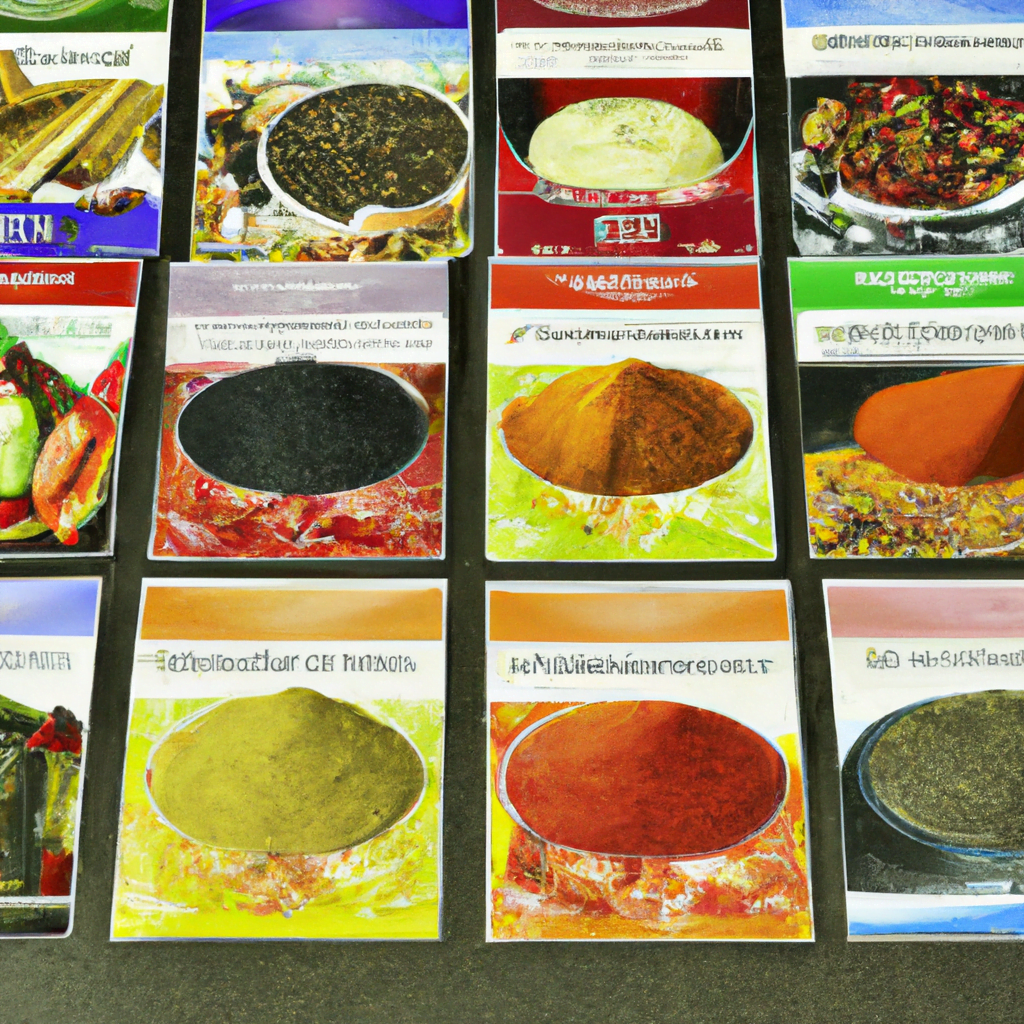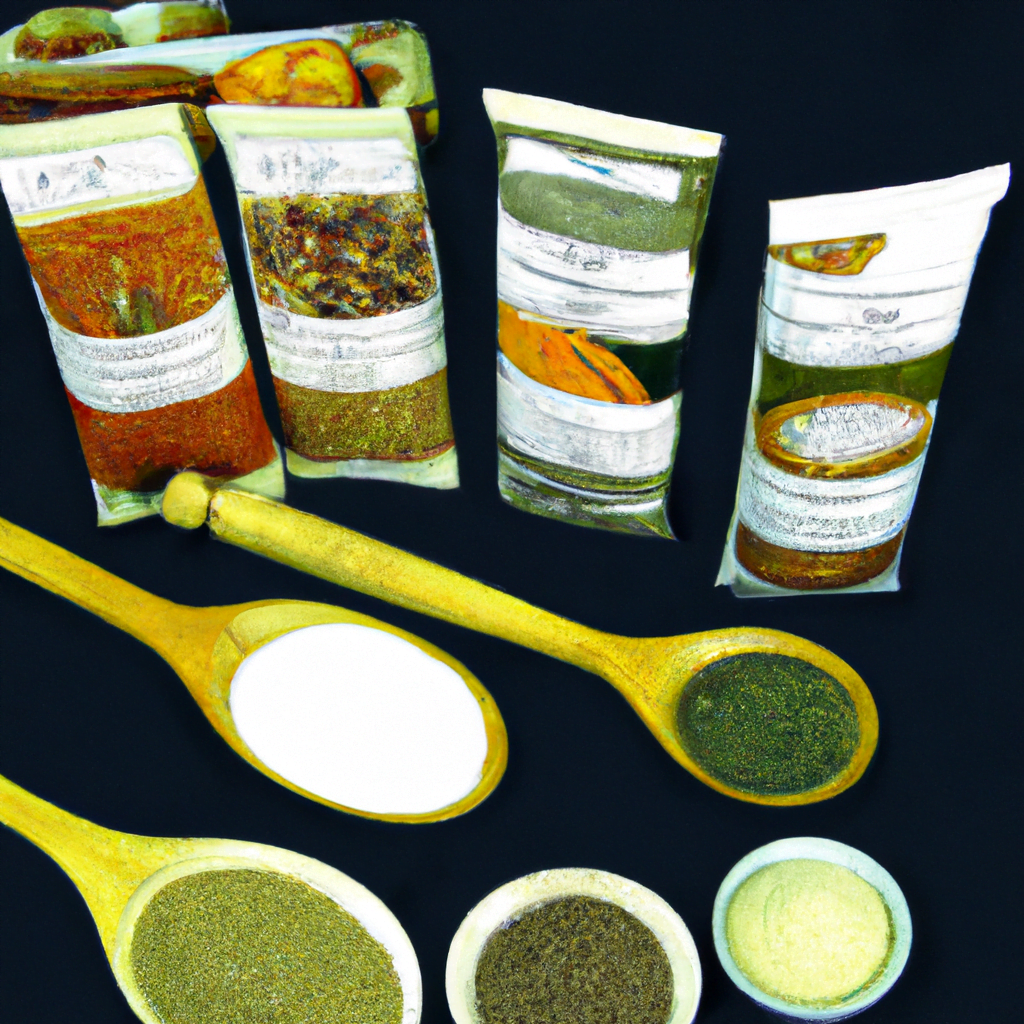
Packaging Design for Specialty Spices and Seasonings

Introduction
Packaging design plays a crucial role in the success of any product, and specialty spices and seasonings are no exception. The packaging of these products not only serves as a protective layer but also acts as a marketing tool that can attract customers and differentiate the product from its competitors. In this article, we will explore the importance of packaging design for specialty spices and seasonings and provide valuable insights on how to create an effective packaging design.
The Importance of Packaging Design for Specialty Spices and Seasonings
Packaging design is an essential aspect of any product, and it is particularly important for specialty spices and seasonings. These products are often sold in small quantities, and their packaging needs to be eye-catching and informative to attract customers. The packaging design should also reflect the quality of the product and convey its unique characteristics.
Attracting Customers
The packaging design of specialty spices and seasonings should be visually appealing and stand out on the shelves. The design should be unique and reflect the product’s flavor and aroma. For example, if the product is a spicy seasoning, the packaging design should be bold and vibrant, with images of chili peppers or flames to convey the heat of the product.
Providing Information
The packaging design should also provide customers with essential information about the product, such as the ingredients, nutritional information, and usage instructions. This information should be easy to read and understand, and the font size should be large enough to be legible.
Differentiating from Competitors
Specialty spices and seasonings are often sold alongside similar products, and the packaging design should differentiate the product from its competitors. The design should be unique and memorable, making it easy for customers to identify the product on the shelves. For example, if the product is a gourmet spice blend, the packaging design should be elegant and sophisticated, with images of herbs and spices to convey the product’s premium quality.
Key Elements of Effective Packaging Design
Creating an effective packaging design for specialty spices and seasonings requires careful consideration of several key elements. These elements include the packaging material, color scheme, typography, imagery, and branding.
Packaging Material
The packaging material is an essential element of packaging design, and it should be chosen based on the product’s characteristics and the target audience. For example, if the product is a premium spice blend, the packaging material should be high-quality and durable, such as glass or metal. If the product is a budget-friendly seasoning, the packaging material can be more economical, such as plastic or paper.
Color Scheme
The color scheme of the packaging design should be carefully chosen to reflect the product’s flavor and aroma. For example, if the product is a sweet seasoning, the color scheme should be warm and inviting, with shades of orange or yellow. If the product is a savory seasoning, the color scheme should be more subdued, with shades of green or brown.
Typography
The typography of the packaging design should be legible and easy to read. The font size should be large enough to be read from a distance, and the font style should reflect the product’s characteristics. For example, if the product is a bold and spicy seasoning, the typography should be bold and impactful.
Imagery
The imagery of the packaging design should be eye-catching and reflect the product’s flavor and aroma. The images should be high-quality and relevant to the product, such as images of herbs and spices. The imagery should also be consistent with the color scheme and typography of the packaging design.
Branding
The branding of the packaging design should be consistent with the brand’s overall image and message. The brand logo should be prominently displayed on the packaging, and the packaging design should reflect the brand’s values and personality.
Case Studies
To illustrate the importance of packaging design for specialty spices and seasonings, let’s take a look at some case studies.
McCormick
McCormick is a well-known brand of spices and seasonings, and their packaging design is a great example of effective branding. The packaging design is consistent across all of their products, with a bold and impactful logo and a color scheme that reflects the product’s flavor and aroma. The typography is easy to read, and the imagery is high-quality and relevant to the product.
Spiceology
Spiceology is a gourmet spice company that specializes in unique and flavorful spice blends. Their packaging design is elegant and sophisticated, with a color scheme that reflects the premium quality of their products. The typography is bold and impactful, and the imagery is high-quality and relevant to the product.
Conclusion
In conclusion, packaging design is a crucial aspect of the success of specialty spices and seasonings. The packaging design should be visually appealing, informative, and differentiate the product from its competitors. The key elements of effective packaging design include the packaging material, color scheme, typography, imagery, and branding. By carefully considering these elements, specialty spice and seasoning companies can create packaging designs that attract customers and reflect the quality of their products.
